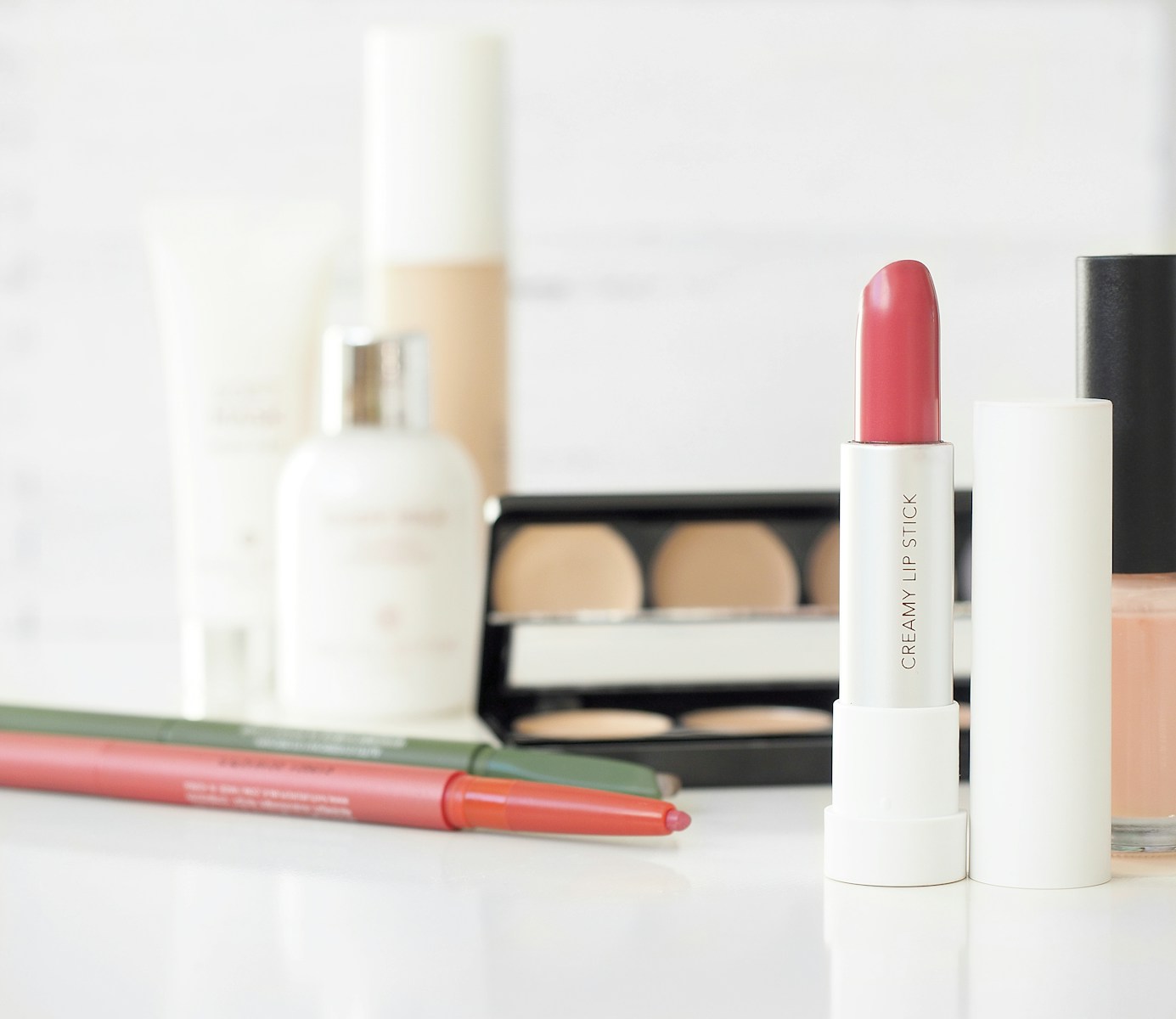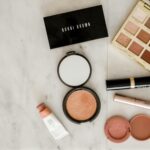
Social media has fundamentally changed the beauty landscape, creating a platform where trends can go viral, brands can reach global audiences instantly, and individuals can influence the industry in real-time. In 2024, beauty trends are more than just seasonal shifts or celebrity endorsements—they’re often sparked, nurtured, and popularized through platforms like Instagram, TikTok, YouTube, and Pinterest. The power of social media in shaping current beauty trends cannot be overstated, as it has not only altered the way we discover beauty but also how we define beauty itself. In this deep dive, we explore the profound impact social media has had on beauty trends, from the rise of new aesthetics to the influence on product choices and brand development.
1. The Speed and Virality of Trends
One of the most significant impacts of social media on beauty trends is the speed at which trends can rise and spread. Platforms like TikTok have made it possible for beauty trends to go viral overnight, allowing anyone with an engaging video to catapult a look, product, or technique into the global spotlight.
TikTok’s Influence: TikTok’s algorithm, which favors content discovery, allows beauty influencers to share their unique takes on makeup tutorials, skincare routines, and new products. The #BeautyTok community, for example, has become a hub for viral beauty challenges, from the “soap brows” trend to the viral #FauxFreckles technique. Trends like “clean girl aesthetic” or “grunge makeup” have taken off because of TikTok’s ability to spread niche looks to a global audience almost instantaneously.
Instagram’s Visual Appeal: Instagram, with its focus on visually-driven content, has continued to be a major platform for beauty inspiration. Beauty influencers and makeup artists showcase elaborate makeup looks, skincare routines, and tutorials, creating a space where users can find both aspirational and attainable beauty styles. Instagram Stories, Reels, and curated feeds further amplify these trends, enabling beauty brands and influencers to engage with audiences regularly.
Pinterest as a Trend-Spotting Tool: Pinterest has emerged as a go-to platform for discovering emerging beauty trends. Users can search for inspiration, bookmark their favorite looks, and explore boards that help shape future beauty movements. As users curate their own boards and pin ideas, Pinterest continues to be a breeding ground for the trends that will likely dominate the next season.
2. Democratization of Beauty
Social media has democratized beauty, allowing anyone with access to a smartphone or camera to share their own beauty practices, no matter their background or expertise. This has led to an explosion of diverse beauty content and a shift away from traditional beauty standards, which were historically shaped by a select few in the fashion and entertainment industries.
Representation and Inclusivity: One of the most powerful shifts has been the growing demand for diversity and inclusivity in beauty. Platforms like Instagram and TikTok have given a voice to people of various ethnicities, body types, genders, and abilities, pushing brands to embrace more inclusive campaigns. Beauty creators, particularly Black, Indigenous, and People of Color (BIPOC), have been at the forefront of promoting inclusivity and challenging Eurocentric beauty standards.
Micro-Influencers and Niche Communities: Social media has also enabled micro-influencers to build niche communities, shaping specific beauty trends for particular groups. For instance, the rise of “indie beauty” brands—small companies that cater to specialized or underrepresented needs—has been fueled by social media’s ability to connect like-minded individuals. Vegan beauty, clean beauty, and sustainable beauty are examples of trends driven by the values of these niche communities.
Body Positivity and Self-Acceptance: The body positivity movement, supported by influential social media personalities, has expanded beyond fashion and into beauty. The promotion of “flawless skin” is no longer limited to one ideal, and trends like “bare skin” or “no-makeup makeup” are emphasizing authenticity. Social media has encouraged people to embrace natural beauty and celebrate their imperfections, such as acne, scars, and uneven skin tones.
3. The Influence of Beauty Creators and Influencers
Influencers and content creators have had an undeniable influence on the beauty industry, shaping how products are marketed and consumed. Whether they are professional makeup artists or everyday beauty lovers, these individuals have an outsized impact on the public’s perception of beauty trends and product effectiveness.
Product Reviews and Tutorials: YouTube has long been a platform for in-depth beauty tutorials, where influencers can showcase their skills and offer reviews of products. Beauty YouTubers often set trends by demonstrating new makeup techniques or reviewing the latest products. This deep engagement fosters trust and creates a space where beauty lovers can make informed purchasing decisions.
Instagram and TikTok Challenges: Instagram and TikTok have popularized challenges that often become mainstream beauty trends. Makeup artists and beauty enthusiasts alike use these platforms to create viral challenges, such as the “clean girl aesthetic” or bold, graphic eyeliner looks. These challenges invite others to recreate the looks, resulting in exponential visibility and exposure.
Brand Collaborations and Sponsorships: As influencers gain power, their collaborations with brands play a critical role in the success of new beauty launches. Brands now regularly work with influencers to promote products through sponsored content, paid collaborations, and giveaways. This direct endorsement by trusted influencers gives consumers confidence in purchasing products, driving both sales and trend adoption.
4. Social Media and Consumer Behavior
The influence of social media extends beyond trends and aesthetics to how beauty consumers make purchasing decisions. The ability to see real people using and reviewing products in real-time has reshaped the traditional beauty retail experience.
Product Discovery and Education: Social media platforms provide a wealth of information about new beauty products, tips, and reviews. Brands are now leveraging platforms like Instagram and TikTok to engage consumers directly, often sharing behind-the-scenes looks at product formulations, ingredient breakdowns, and customer testimonials. Social media influencers also offer honest product reviews that can make or break a product’s success.
The Power of User-Generated Content: Beauty brands are increasingly relying on user-generated content (UGC) to promote their products. When consumers post about their experiences using beauty products—whether through hashtags, product reviews, or unboxing videos—it adds credibility and trust to a brand’s offerings. The visibility of these posts on platforms like Instagram and TikTok allows products to reach wider audiences and create organic buzz.
FOMO (Fear of Missing Out): Social media has amplified the phenomenon of FOMO, where users feel compelled to try new products or participate in the latest beauty trend because they see others doing it. This fear of missing out drives impulse buys and encourages trends to snowball. Limited-edition releases or viral “drop” events create a sense of urgency that influences consumer behavior.
5. The Rise of “Clean” and Ethical Beauty
Social media has been instrumental in raising awareness about the environmental and ethical implications of beauty products. In particular, platforms like Instagram and TikTok have been key in pushing the narrative of clean, sustainable, and cruelty-free beauty.
Sustainability: The increased focus on sustainable beauty, including eco-friendly packaging and responsibly sourced ingredients, can largely be attributed to social media. Consumers are now more attuned to the environmental footprint of the products they buy, and they expect brands to align with their values. Social media has provided a space for discussions about climate change, ethical sourcing, and animal rights, prompting brands to respond with greener products and business practices.
Transparency: Social media has given consumers the power to hold brands accountable for their practices. The rise of social media activism has prompted beauty brands to be more transparent about their ingredients, production methods, and ethical standards. Brands that fail to meet consumer expectations risk facing public backlash.
Conclusion: The Future of Beauty in the Age of Social Media
As we move further into 2024, the impact of social media on beauty trends will continue to grow. The democratization of beauty, the viral nature of trends, and the power of influencers have reshaped the beauty industry in ways that were once unimaginable. What’s clear is that social media is no longer just a platform for beauty inspiration—it has become a driving force in shaping the direction of the industry. From how products are developed and marketed to the beauty ideals that are promoted, social media is now an integral part of the global beauty conversation, and its influence is likely to only increase in the years to come.

